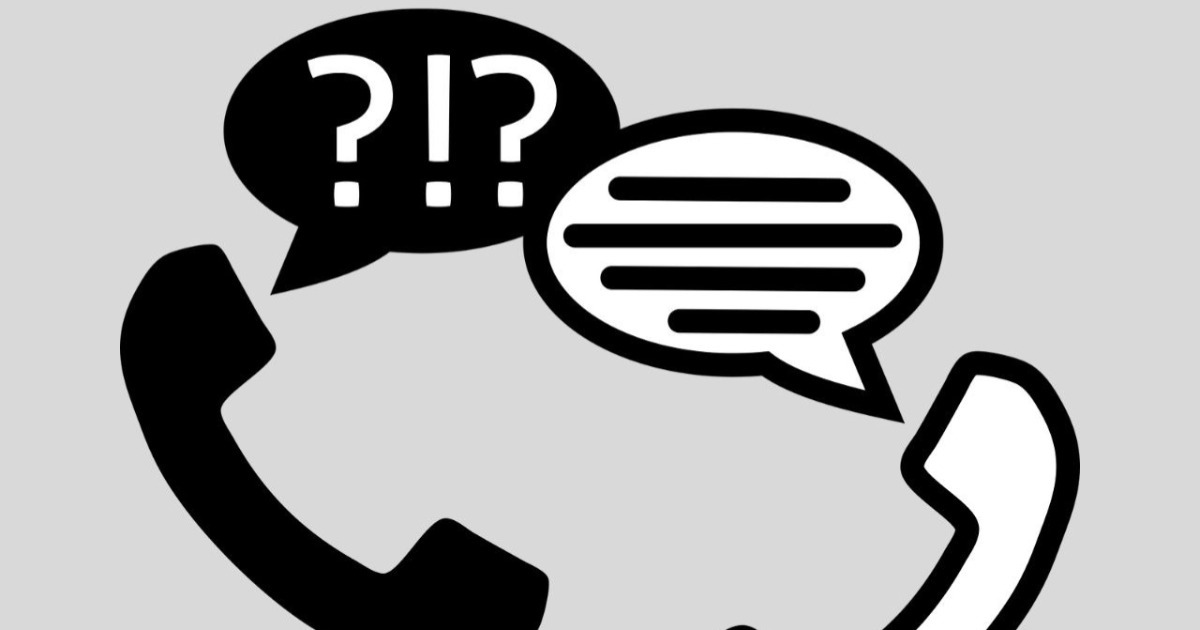Oral communication is a type of communication established between two or more people who exchange ideas, thoughts and emotions through spoken language.
Written communication is a type of communication that allows the expression of ideas, thoughts and emotions through the signs that make up written language.
The distinction between oral and written communication has to do with the means used to express oneself, with the possibility to receive a feedback or response from the interlocutor and with the ephemeral or permanent nature of such communication, among other differences.
| Oral communication | Written communication | |
|---|---|---|
| Definition | Exchange of ideas between two or more people through spoken language. | The expression of ideas in written language. |
| Elements that make it up |
|
|
| Features |
|
|
| Types |
|
|
What is oral communication?
Oral communication is that which takes place between two people or a group of people and whose essential means of transmission is oral language.
Elements of oral communication
The communicative process has some key elements, which in the case of oral communication apply as follows:
- Senderis the person who emits or sends the message. In this case, it is the person or persons speaking.
- Receiverare those who receive the message. In oral communication the receivers are the listeners.
- Messageis the content to be transmitted (idea, thought, information, emotion, etc.).
- Channelis the resource used to communicate. In this case, it is oral language, the ideas transmitted through the voice.
- Coderefers to the common element that both the sender and the receiver will share in order to communicate.
- In oral communication, the code is the spoken language.
- Feedbackalso called feedbackrefers to the receiver’s response to the message he/she has received.
- At that point, the receiver becomes the sender and the sender becomes the receiver.
- Codinginvolves adapting the code to be understood by the receiver (vocabulary, tone, etc.).
- Decodingis the mental process of the receiver to interpret the sender’s message.
- Contextis the situation in which the communication is generated (work context, informal, family, news, etc.).
Characteristics of oral communication
It is ephemeral
If there are no records (audio recordings, for example), the message may be lost or misrepresented. Communication ends when the sounds emitted by the voice in the form of words are no longer heard.
Depends on spoken language
Therefore, the phonatory apparatus, which is responsible for the voice, must function optimally in terms of pitch, volume, speed, pauses, etc. The same applies to the auditory system, since it is responsible for receiving the message.
The communicational process occurs in real time
The sender can elicit an immediate response from his or her receiver, which includes feedback or feedback.
You can rely on other resources to complement the communication.
Body language, gestures, grimaces, onomatopoeic sounds and even the appearance of the sender can serve to give greater emphasis to the message.
Types of oral communication
Oral communication falls into two categories:
Spontaneous oral communication.
This is the type of communication we have most of the time. It occurs when the sender sends a message unintentionally to a receiver and the receiver responds. It is generally used to communicate ideas, reflections or moods.
An example of spontaneous oral communication would be a conversation between friends.
Planned oral communication
This is the type of communication that, by its nature, requires a prior structure.
The planning of the message and the communicational process can have informative, entertainment, and even personal objectives, but they will always have a pattern with a determined beginning and end.
Planned oral communication can be:
- Unidirectional: when a sender addresses a receiver or group of receivers.
An example of planned oral communication of the unidirectional type is when a teacher gives a lecture.
- Multidirectional: when the roles of senders and receivers are not static, but are continuously interchanged.
An example of planned oral communication of the multidirectional type would be work meetings, assemblies, etc.
See also Verbal and nonverbal communication.
What is written communication?
It is a form of communication that allows the expression of ideas, thoughts, information or opinions through written language.
This means that written communication is expressed in words, sentences or paragraphs that must be codified in a language common to all involved. If either the sender or the receiver does not know the rules of writing, communication will have failed.
This also assumes reading skills, in order to be able to receive and interpret the message.
Elements of written communication
While the sender, the receiver, the message, the code, etc. are essential elements of any communicational process, written communication has other additional factors that are necessary for the information exchange process to occur:
- Structure: refers to the planning of the content (what is to be communicated?).
- Styleis the way in which the message will be communicated (how will it be communicated?).
Types of written communication
Written communication has as many types as there are physical media. Therefore, it is natural that as technology advances, new media and formats will be created to replace old ways of communicating.
Currently, these are some of the most common types of written communication:
- E-mail.
- Books (print and electronic).
- Legal documents.
- Newspapers (print and digital).
- Websites (informative, entertainment, personal, etc.).
Characteristics of written communication
Requires literacy skills.
The participants in the communication process must be able to read and write in the language in which the message is transmitted in order to be able to send, receive and respond to it, if necessary.
Feedback is not immediate
Unlike oral communication, in written communication the process does not occur in real time, so the receiver’s response may be delayed, and sometimes there is no response at all.
It is permanent
Written communication remains in time, since it is a record in itself and will last as long as the physical support that contains it. A book, a letter, a mail, an instant message will remain there as long as they are not destroyed, erased, altered, etc.
Requires planning
Written communication involves an organization and hierarchy of ideas so that the message can be transmitted correctly.
See also:




